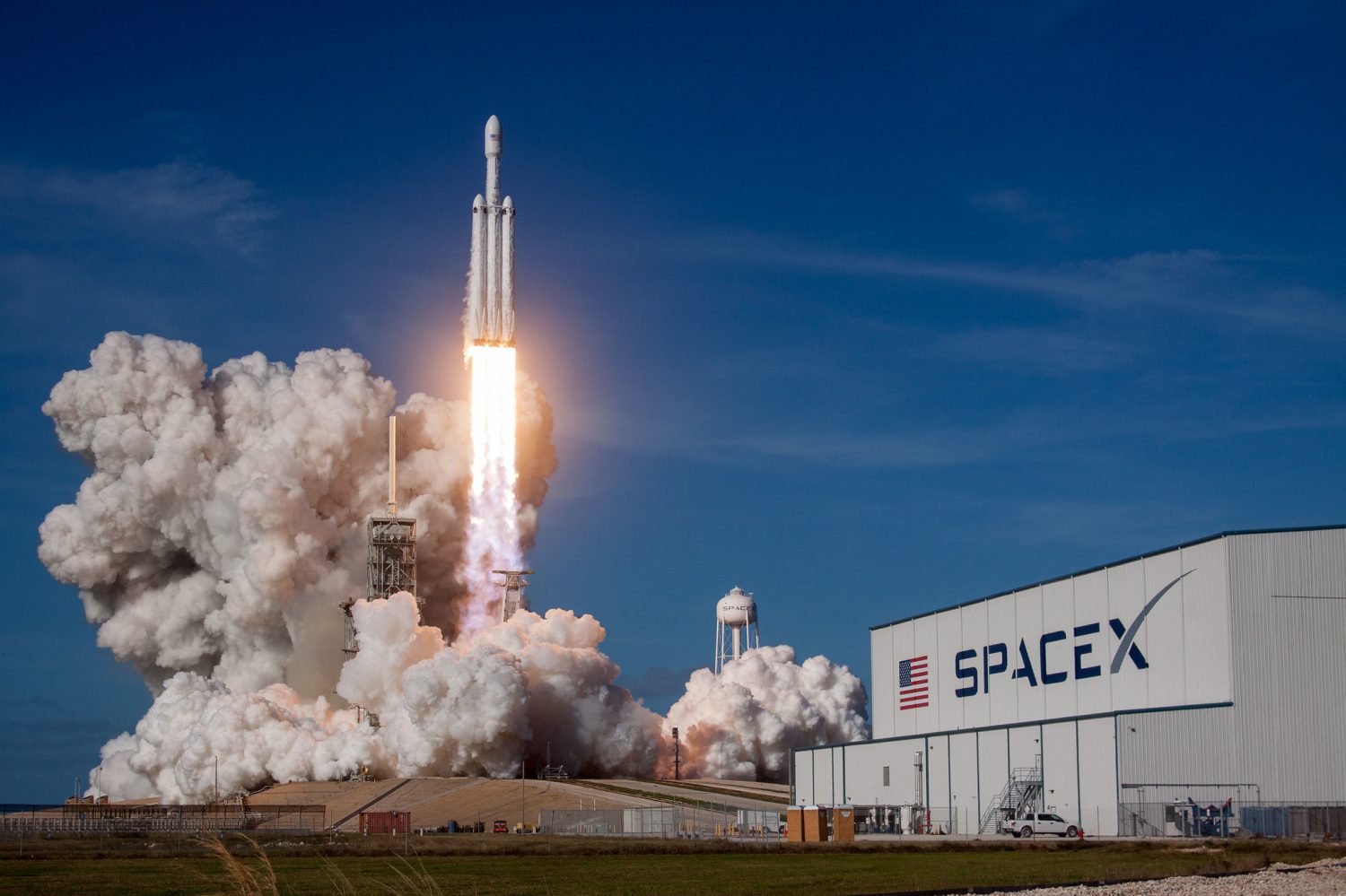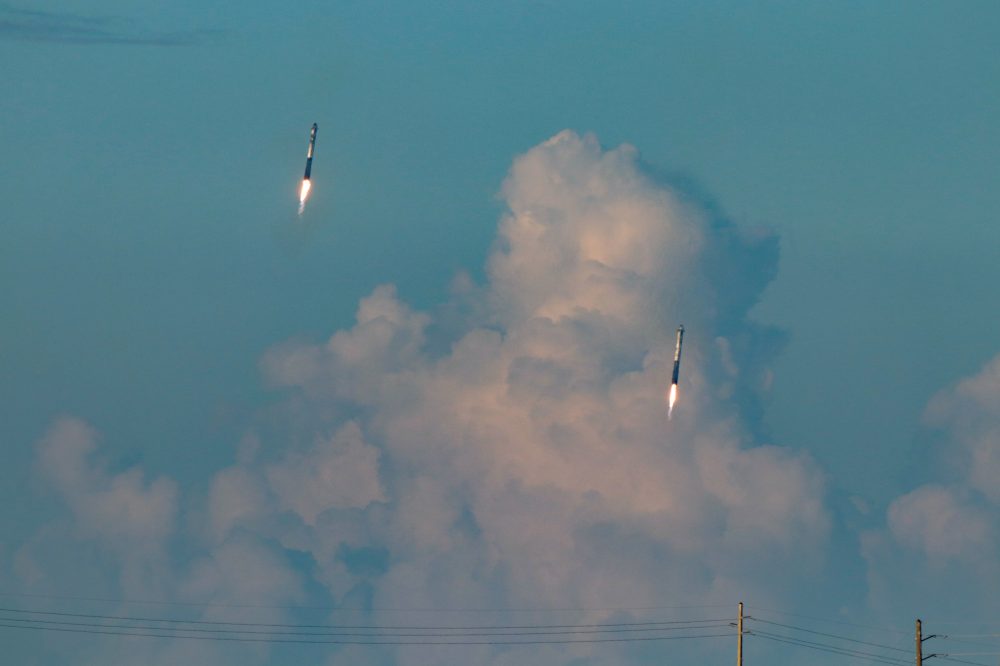
A key part of NASA’s Artemis program is Gateway, a lunar outpost 1/6 the size of its cousin the International Space Station. It will be used as the orbital research lab for Earth-faring astronauts destined to explore the lunar surface and possibly as a rest stop for those heading to Mars. The first two modules are planned to launch in 2024 on top of the party pleaser Falcon Heavy rocket.
SpaceX’s Falcon Heavy has only launched a total of 3 times since it first lifted off from LC-39A back in 2018. It actually didn’t launch at all last year but its three cores are based on the Falcon 9 which has launched 110 times making it the most launched American rocket currently operating.
NASA has selected SpaceX and their Falcon Heavy rocket to launch the Power and Propulsion Element (PPE) and Habitation and Logistics Outpost (HALO) modules that will make up the first part of Gateway. This will take place in 2024, the same year as the currently planned first crewed Moon landing of the Artemis program but it has been stated in the past that it will not be required for landing to occur.
The Power and Propulsion Element will provide the station with power via solar panels, give Gateway high-speed communication with controllers back on Earth, and attitude control. Which will allow the station to be moved to different orbits around the Moon allowing onboard astronauts to land at different locations depending on mission requirements.
While on Earth, the PPE will be mated with the Habitation and Logistic Outpost, which will be the living quarters and command hub for the station while astronauts are living onboard. HALO will provide life support and communication capabilities to visiting spacecraft like NASA’s Orion capsule which can shuttle up to 4 astronauts to the Moon and possibly in the future, Mars.

These two modules will be joined later by other elements including those to conduct experiments, an airlock, and the new Canadarm3.
The cost of the flight will be $331.8 million and NASA or SpaceX hasn’t stated if it will use the fully reusable flight profile or if SpaceX will need to discard one or more of the booster cores to give the payload enough energy to make it to the Moon. The next launch of a Falcon Heavy is expected to be as early as May of this year with possibly a second later in the year.
Enjoy reading Space Explored?
Help others find us by following on Apple News and Google News. Be sure to check us out on YouTube, Twitter, Facebook, and Instagram, join our Discord!
FTC: We use income earning auto affiliate links. More.


Comments